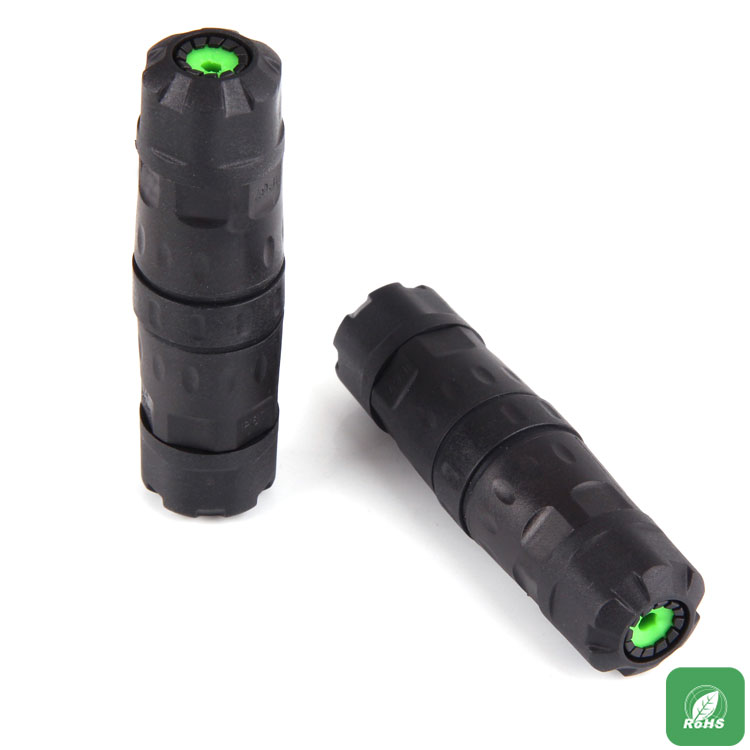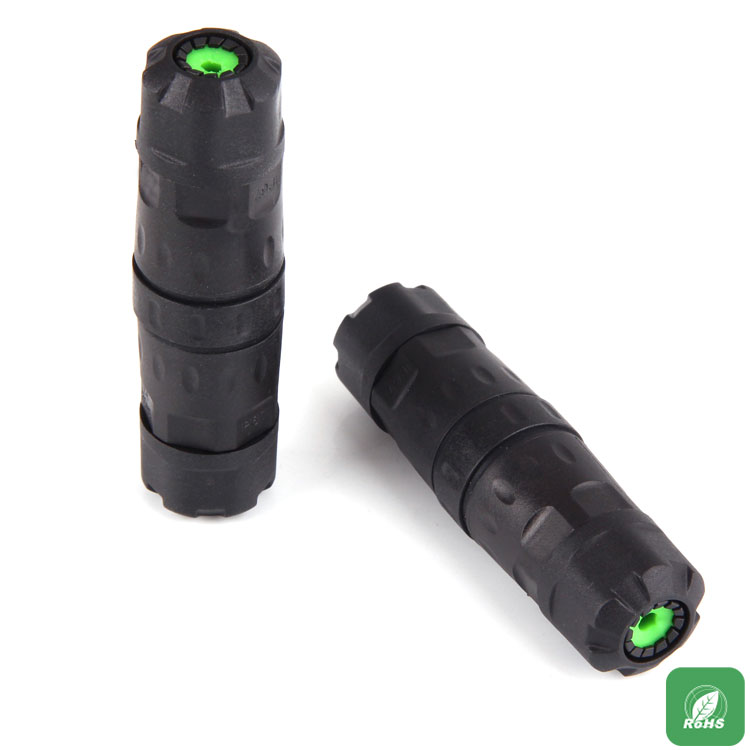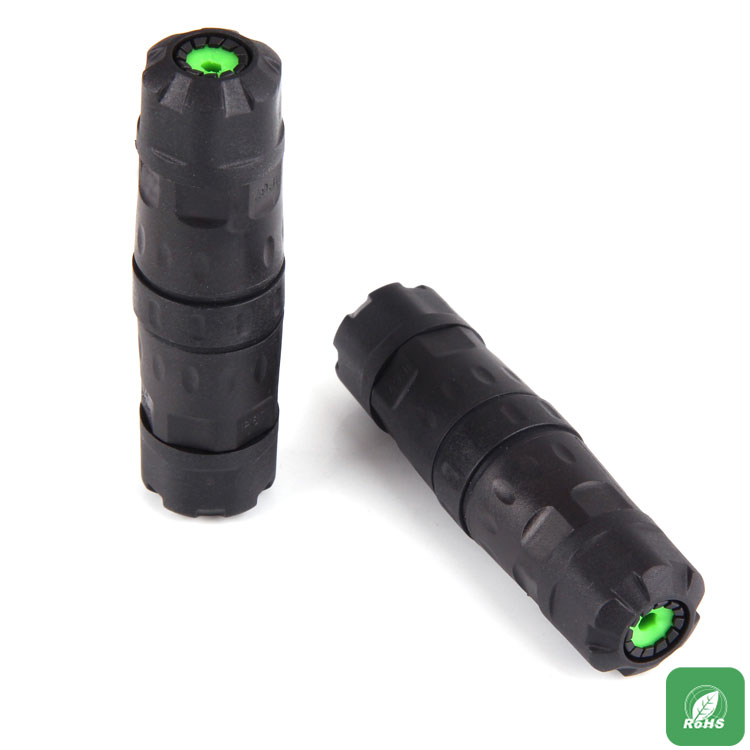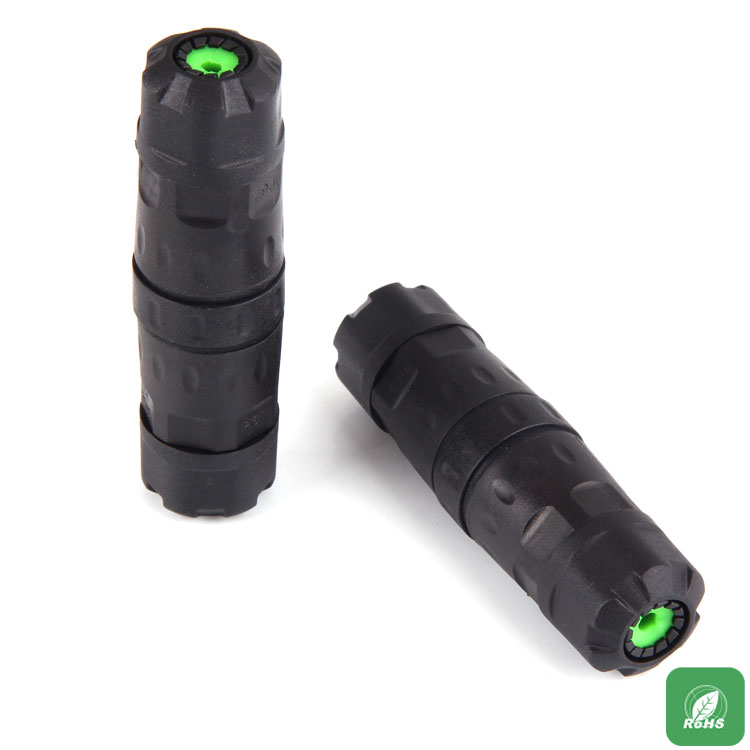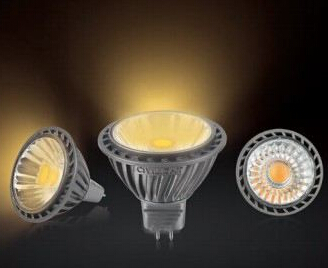Previously, relevant experts and scholars have suggested that the blue light in the illumination has a certain weighted damage to the human retina. Recently, relevant research found that LED lighting has induced health problems, saying that people who work and live in LED white light pollution environment for a long time, the retina and iris will be damaged to varying degrees, the visual acuity drops sharply, the incidence of cataract Up to 45%. It can also cause dizziness and upset, and even symptoms such as insomnia, loss of appetite, depression, physical weakness and the like.
According to optical experts, the reflected light of mirrored building glass is stronger than that of sunlight, and its reflectivity is as high as 82% to 90%. The light is almost completely reflected, which greatly exceeds the range that the human body can bear.
In addition, research papers have pointed out that LED lamps contain lead, arsenic and dozens of other dangerous substances. White LED lamps have the least lead content, but there is still a large amount of nickel, a heavy metal that can trigger an allergic reaction. The level of copper found in some LED lamps may pose a threat to the environment. If accumulated in rivers and lakes, it may poison aquatic organisms.
To this end, in response to related issues, China Lighting Network reporter interviewed Li Zili, secretary general of the Guangdong Provincial Lighting Society, to explore the deep-seated reasons why LED lighting white light was questioned to affect human health and LED lamps were questioned to bring heavy metal pollution.
The "sin" of LED lighting affecting vision health is not all in white light
What is the harm of LED white light to human eye health? In Li Zili's view, the above research results are only an appearance. He has made an in-depth interpretation of this research result from two aspects.
First of all, according to the international standard IEC62471:2006 "Photobiosafety of Lamps and Lamp Systems", 1 cataract mainly causes damage from 700nm-1400nm red light to infrared light and 290nm-325nm medium wavelength ultraviolet wave, generally called "infrared-induced cataract". "and "UV-induced cataract", but currently there is no infrared light in the LED for illumination and there is no ultraviolet band in the middle band; 2 photo-induced keratitis is mainly caused by short-wavelength of 200nm-320nm, medium-wave ultraviolet light, but currently used in LED lighting The absence of these ultraviolet rays; 3 retinal hazards mainly caused by 400-500 nm blue photochemical damage, and 400 nm to 1100 nm visible-to-infrared thermal damage of the retina, but the main role of thermal damage of the retina must be less than 10 seconds to produce a human eye. High-temperature high-power lamps are illuminated. At present, there is basically no infrared light in the LEDs for lighting, and there is basically no high-power LED lamps for close-range use. It can be seen that there is almost no ultraviolet light or infrared light in the LED lamps currently used for illumination, and the harm of LED white light to the human eye is mainly reflected in the "blue light" aspect.
However, many traditional lighting products, such as high-end lighting and high-power metal halide lamps used in shopping malls and stadiums, have both high-power infrared heat and "blue light", as well as "long-wave, medium-wave, and even short-wave ultraviolet rays." Even the incandescent lamps that people are most accustomed to have a large amount of infrared rays, a small amount of ultraviolet rays and blue light. White light can be decomposed into red orange, yellow, green, blue, and purple. It can also be composed of red, green, and blue primary colors. Therefore, blue light is inevitably present in all lighting products.
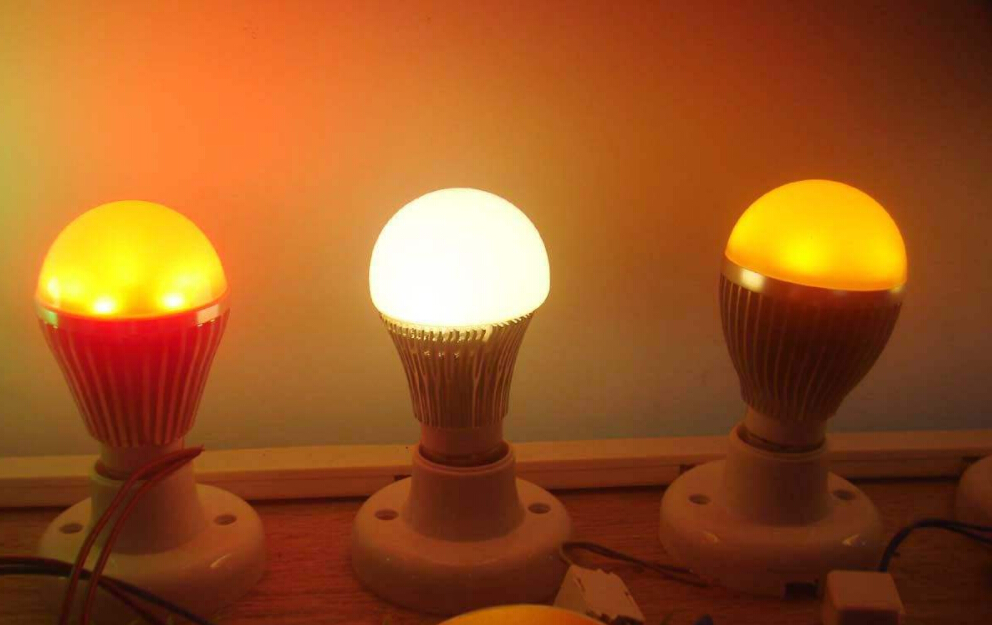
Secondly, there are a large number of high-intensity infrared rays, ultraviolet rays and blue light in the sunlight. The sun is very strong, and its ground illumination is about a hundred times that of people's reading illuminance specifications. The blue light in the sun is the largest in its spectral power. Therefore, it is not necessary to talk about the blue light retina damage of LED white light to the human eye. After years of controversy and improvement, there is basically no risk of reaching the second class RG2 LED lamps. This kind of RG2 lamps are long-distance direct-view lamps at a long distance. It's perfectly fine, and it will damage the retina when it is close to the light for a long time. In contrast, people who look up directly at the noon sun for more than a second may have retinal damage. From this point of view, the risk of the sun reflected from the mirror surface of the building's curtain wall is relatively high (especially for children and young children who cannot avoid glare) because people do not need to look up too much and their eyes may look To strong reflected light. It can be seen that LED lighting and LED lighting are relatively safe.
















 RCCN WeChat QrCode
RCCN WeChat QrCode Mobile WebSite
Mobile WebSite